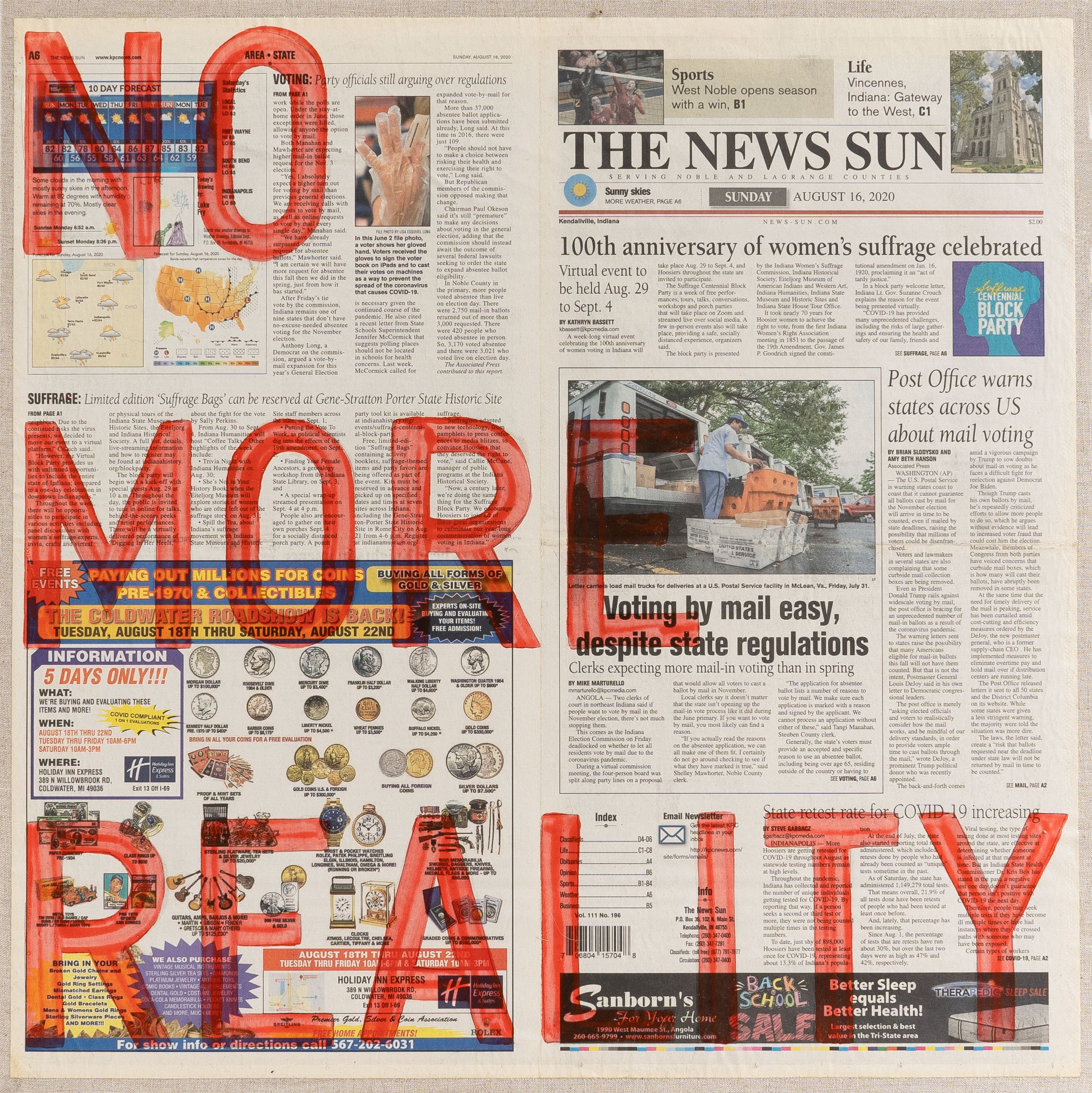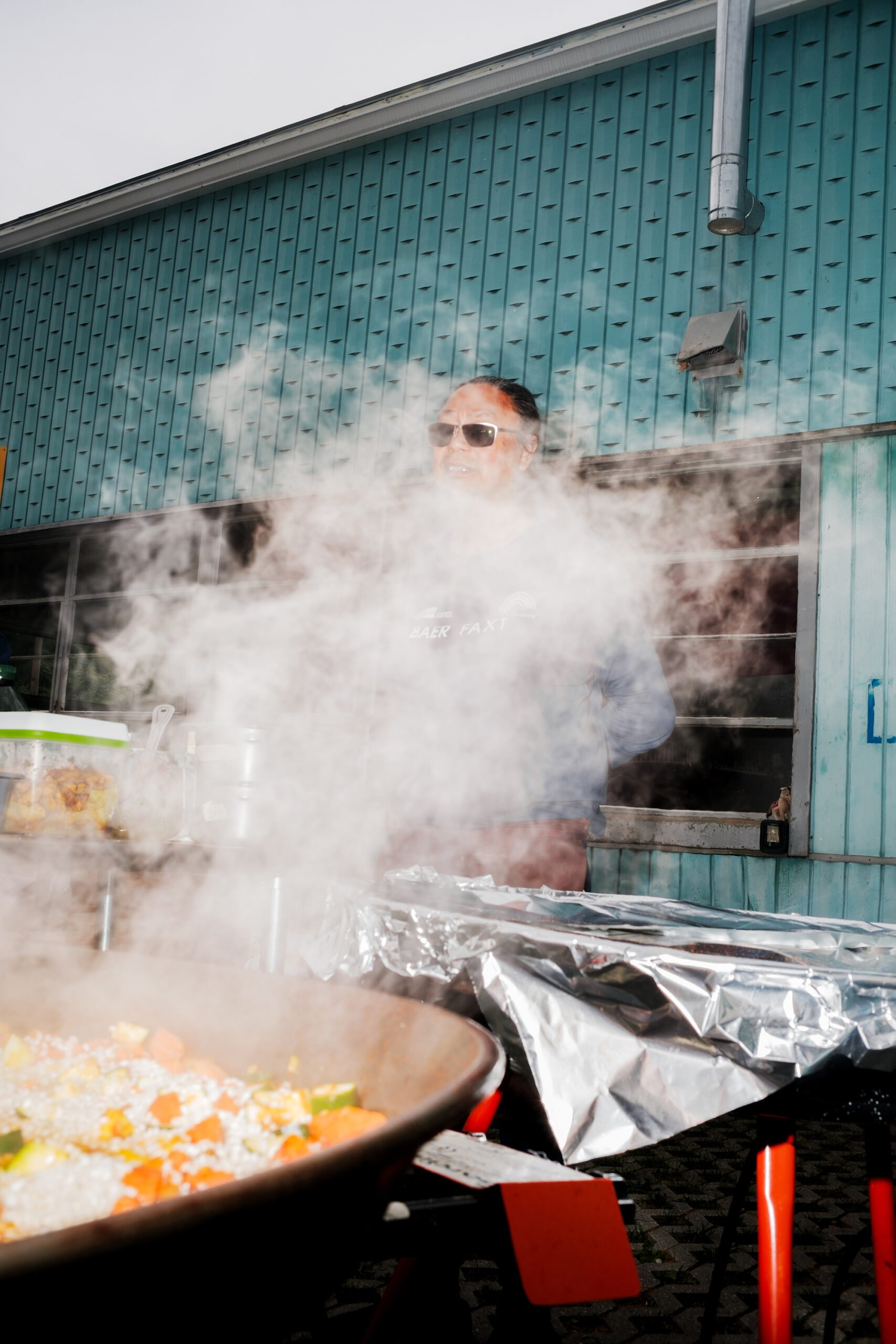Rirkrit Tiravanija | The New York Times
Rirkrit Tiravanija. untitled 1990 (pad thai). Ingredients for pad thai, utensils, electric woks, and a lot of people. Installation view, Rirkrit Tiravanija: A LOT OF PEOPLE, on view at MoMA PS1 from October 12, 2023 through March 4, 2024. Image courtesy MoMA PS1. Photo: Marissa Alper
By Travis Diehl
“Having been labeled as the cook of the art world,” Rirkrit Tiravanija said, “I think people come to see my work expecting to interact.” Indeed, they expect to eat.
The 62-year-old artist is easily the most influential of the loose cadre that rose to prominence in the early 1990s under the banner of “relational aesthetics” — a kind of installation- and performance-based conceptual work that makes spectators feel like participants. Tiravanija’s “untitled 1990 (pad Thai),” in which he cooked and served noodles in the back room of Paula Allen Gallery, is quintessential.



















